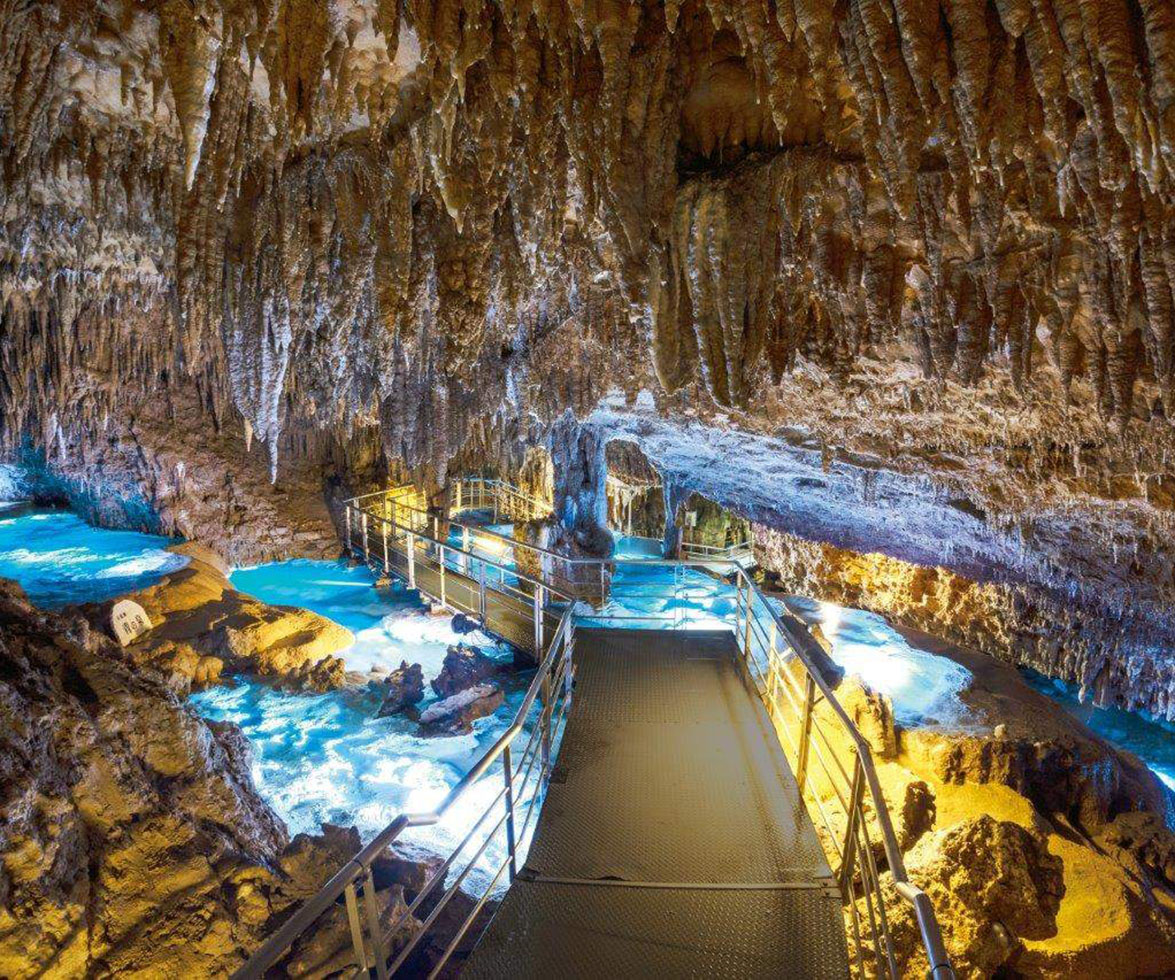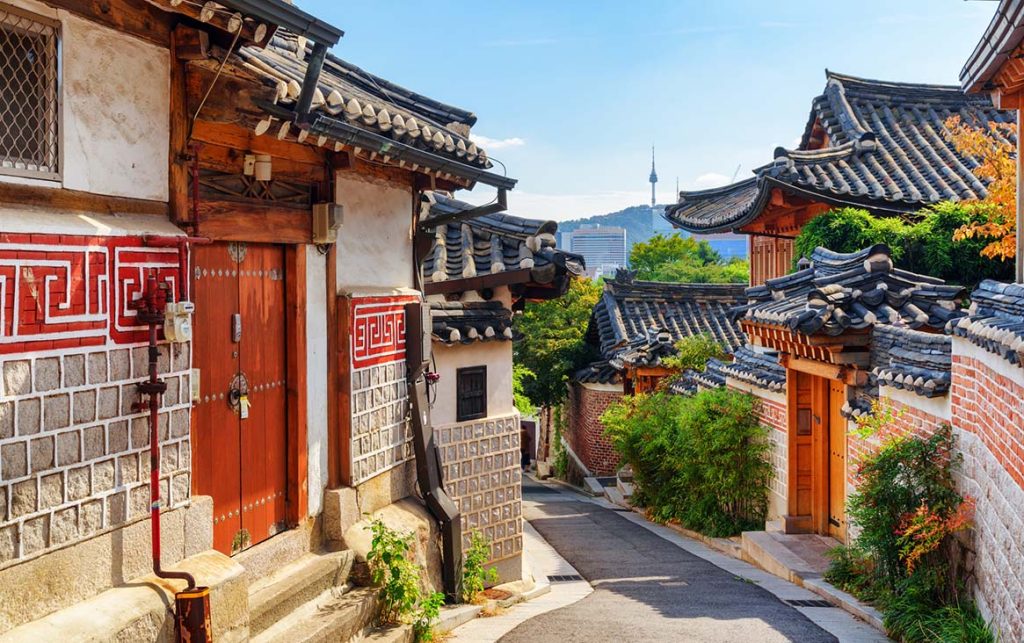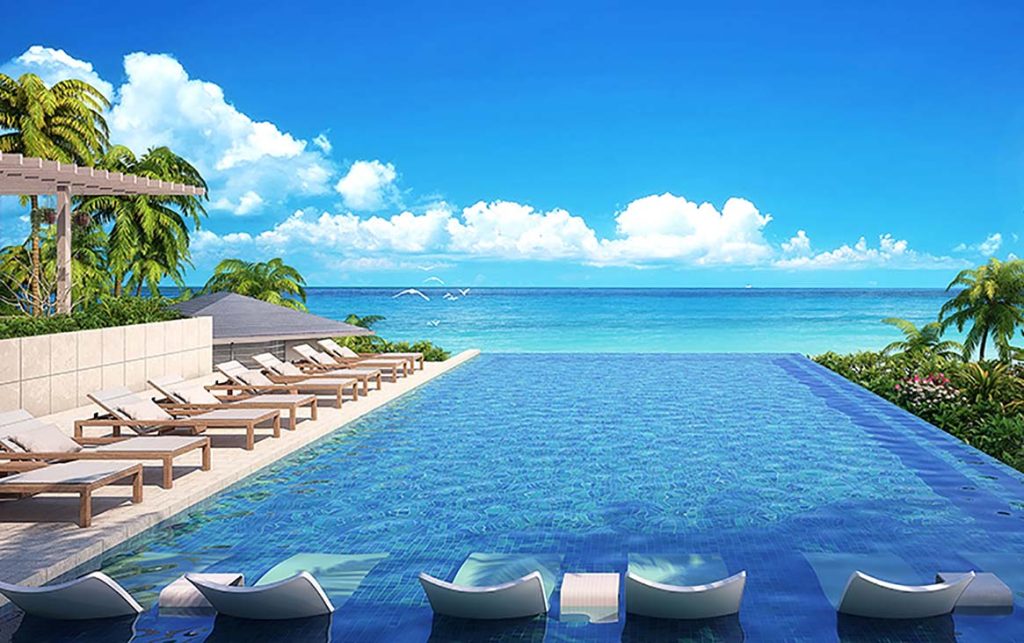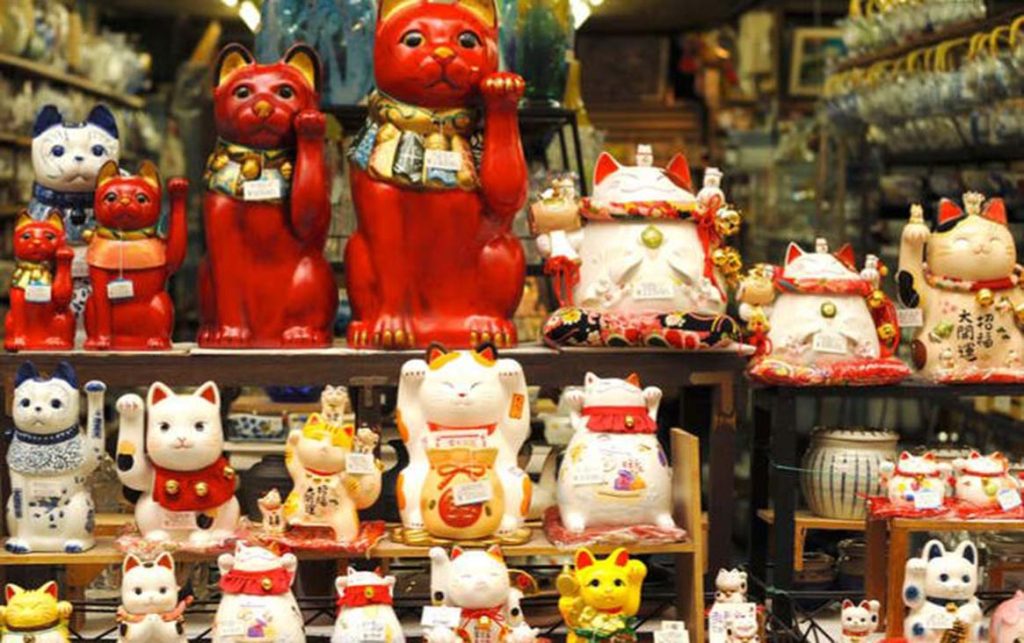I’ve always been drawn to destinations that offer a unique blend of natural beauty, cultural richness, and historical significance. Okinawa, Japan’s southernmost prefecture, embodies these qualities and more, making it an irresistible destination for travelers seeking an unforgettable experience. Join me as I delve into the enchanting world of Okinawa, exploring its top attractions and uncovering hidden gems during the vibrant spring season.
Day 1: Shuri Castle
Location: Naha City
As I embarked on my exploration of Okinawa, I couldn’t resist the allure of Shuri Castle, a UNESCO World Heritage Site nestled in the heart of Naha City. The journey to this majestic fortress promised to be a journey through time, offering a glimpse into the island’s rich cultural heritage.
Upon arriving at Shuri Castle, I was immediately struck by its imposing presence and architectural grandeur. Stepping through the castle’s ornate gates, I felt as though I had been transported back in time to an era of feudal lords and samurai warriors. The vibrant red walls, adorned with intricate carvings and traditional motifs, stood as a testament to the kingdom’s former glory.
Guided tours were available in multiple languages, allowing visitors to fully immerse themselves in the castle’s storied past. I opted for an English-speaking guide, who provided fascinating insights into the history and significance of Shuri Castle. From tales of royal intrigue to stories of epic battles, each anecdote painted a vivid picture of Okinawa’s unique identity.
The highlight of my visit was exploring the castle’s lush gardens, which offered a tranquil escape from the bustling city streets. As I wandered amidst the cherry blossoms and ancient trees, I couldn’t help but marvel at the beauty and serenity of this historic site.
However, it’s worth noting that Shuri Castle can be crowded during peak seasons, detracting somewhat from the overall experience. Additionally, the castle’s hilly terrain may pose challenges for individuals with mobility issues, although efforts have been made to improve accessibility.
I would highly recommend a visit to Shuri Castle for anyone interested in Okinawa’s rich history and cultural heritage. With its stunning architecture, informative guided tours, and lush surroundings, it’s truly a must-see destination for travelers to the island.
In terms of transportation, I found taking a taxi from Naha Airport to be a convenient and efficient option. Alternatively, visitors can use public transportation or rental cars to reach the castle, although this may require a bit more planning and navigation. Regardless of how you choose to get there, the journey to Shuri Castle is sure to be an unforgettable experience.
Day 2: Cape Manzamo
Location: Onna Village
My journey through Okinawa continued with a visit to Cape Manzamo, a natural marvel situated along the picturesque coast of Onna Village. This renowned landmark promised an encounter with the raw beauty of nature and panoramic views of the East China Sea.
Arriving at Cape Manzamo, I was immediately captivated by the rugged coastline and dramatic rock formations that greeted me. Standing atop the windswept cliffs, I felt a sense of exhilaration as I gazed out at the endless expanse of turquoise waters stretching before me. The azure skies above mirrored the vastness of the sea below, creating a breathtaking tableau that seemed to stretch to the horizon.
Spending time at Cape Manzamo was a truly immersive experience. I found myself lost in the serenity of the surroundings, marveling at the sheer power and majesty of nature. The rhythmic crashing of waves against the cliffs below provided a soothing soundtrack to accompany the stunning coastal views.
One of the standout features of Cape Manzamo is its accessibility to all visitors, as there is no entrance fee required to explore the area. Basic facilities such as restrooms and observation decks are available onsite, ensuring a comfortable experience for visitors.
Despite its natural beauty, Cape Manzamo can become crowded during peak hours, particularly on weekends and holidays. However, this did little to detract from the overall experience, as there was still ample space to find a quiet spot to admire the views.
In terms of transportation, I opted to rent a car for the day, which allowed me to easily access Cape Manzamo from my accommodation. The scenic drive along the coastal roads only added to the allure of the experience, providing an opportunity to soak in even more of Okinawa’s natural beauty along the way.
I would highly recommend a visit to Cape Manzamo for anyone exploring Okinawa. With its stunning coastal views, free admission, and ample photo opportunities, it’s truly a destination that shouldn’t be missed. My experience at Cape Manzamo was nothing short of extraordinary, earning it a perfect recommendation score of 10 out of 10.
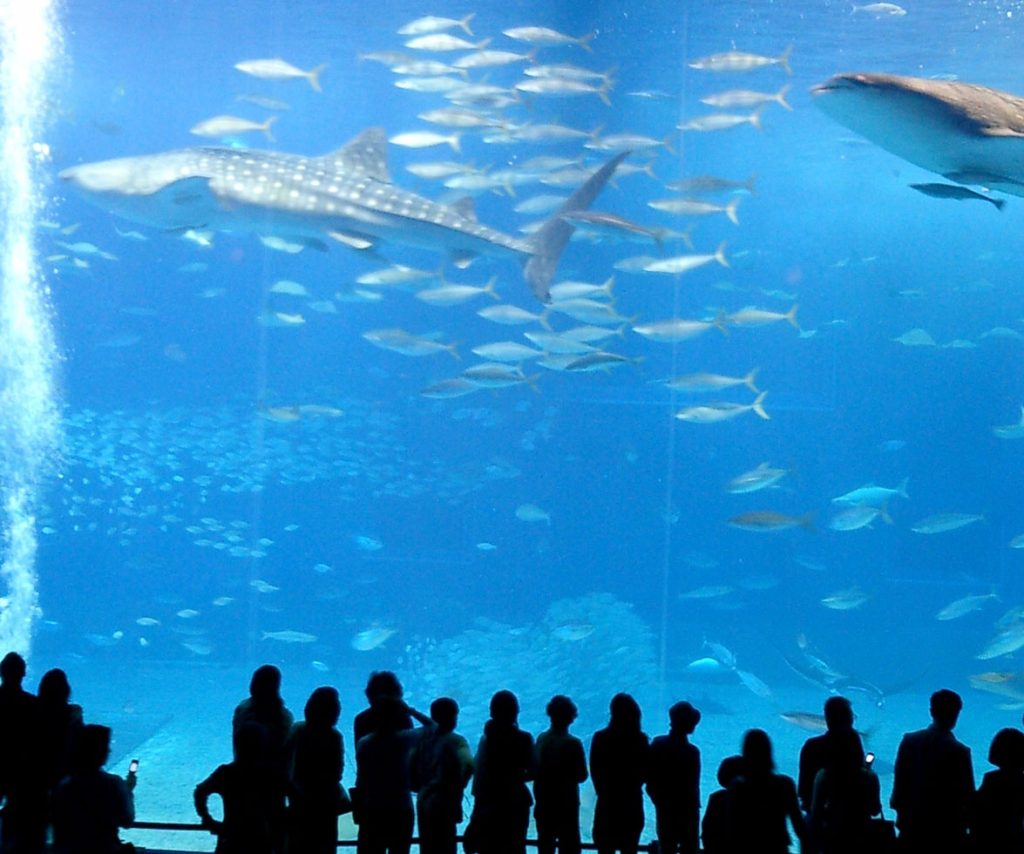
Day 3: Okinawa Churaumi Aquarium
Location: Motobu, Kunigami District
Description: No visit to Okinawa would be complete without exploring the wonders of the ocean at the Okinawa Churaumi Aquarium. Located in Motobu, this world-class facility is home to an impressive array of marine life, including whale sharks, manta rays, and vibrant coral reefs.
Experience: Stepping into the aquarium’s immersive exhibits, I was transported into an underwater wonderland teeming with life and color. Giant tanks filled with exotic fish, mesmerizing jellyfish displays, and interactive touch pools provided endless opportunities for discovery and exploration. Educational presentations and guided tours offered valuable insights into marine conservation efforts, inspiring me to become a more responsible steward of the oceans.
Services: Okinawa Churaumi Aquarium offers a range of amenities, including dining options, souvenir shops, and wheelchair accessibility. Guided tours and educational programs cater to visitors of all ages and interests.
Pros: Impressive marine exhibits, educational programs, accessible facilities.
Cons: Can be crowded during peak seasons, additional fees for certain activities.
Recommendation Index: 9/10
How to Get There: I opted for public transportation to reach Okinawa Churaumi Aquarium, taking a bus from Naha Bus Terminal to Motobu Bus Terminal. From there, a shuttle bus operated by the aquarium transported me directly to the entrance.
Day 4: Zakimi Castle Ruins
Location: Yomitan Village
Description: Delving deeper into Okinawa’s rich history, I ventured to Zakimi Castle Ruins in Yomitan Village. Dating back to the 15th century, this ancient fortress offers a glimpse into the island’s feudal past and serves as a testament to its cultural legacy.
Experience: Exploring the ruins of Zakimi Castle was like stepping back in time to a bygone era of samurai warriors and feudal lords. The weathered stone walls, crumbling ramparts, and sweeping views of the surrounding countryside evoked a sense of awe and reverence. Guided tours provided fascinating insights into the castle’s strategic importance and architectural significance, enhancing my appreciation for Okinawa’s storied past.
Services: Zakimi Castle Ruins is a public park with free admission, making it accessible to all visitors. Interpretive signs and guided tours are available to help navigate the site and learn about its history.
Pros: Historical significance, free admission, scenic views.
Cons: Limited amenities on-site, uneven terrain may pose challenges for some visitors.
Recommendation Index: 8/10
How to Get There: I rented a bicycle from a local rental shop near my accommodation and cycled to Zakimi Castle Ruins. The leisurely ride allowed me to soak in the island’s natural beauty and explore at my own pace.
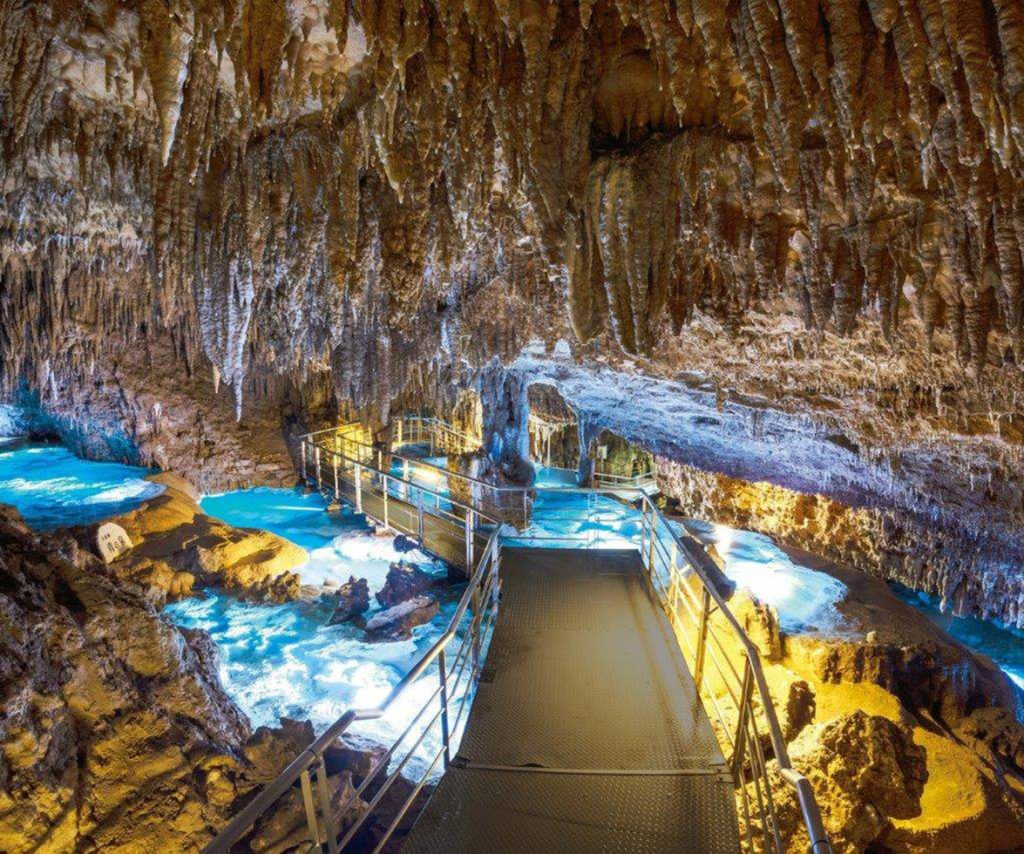
Day 5: Okinawa World
Location: Nanjo City
Description: Okinawa World is a cultural theme park that offers insights into the island’s traditional Ryukyu heritage. From immersive exhibits on traditional crafts and performances to a sprawling limestone cave network, the park provides a comprehensive overview of Okinawan culture and history.
Experience: My visit to Okinawa World was a fascinating journey through time, with each attraction offering a unique perspective on the island’s rich cultural heritage. I explored traditional houses adorned with red-tiled roofs, watched artisans demonstrate pottery-making techniques, and ventured into the depths of Gyokusendo Cave, marveling at its otherworldly rock formations. The highlight of my visit was witnessing a dynamic Eisa dance performance, a traditional Okinawan art form that captivated me with its energy and rhythm.
Services: Okinawa World features a range of amenities, including restaurants, souvenir shops, and guided tours. Cultural workshops and demonstrations provide hands-on experiences for visitors interested in learning more about Okinawan traditions.
Pros: Diverse cultural attractions, educational experiences, accessible facilities.
Cons: Admission fees required, additional charges for certain activities.
Recommendation Index: 9/10
How to Get There: I utilized public transportation to reach Okinawa World, taking a bus from Naha Bus Terminal to the park’s entrance. The bus ride offered scenic views of the island’s countryside, adding to the overall experience.
Exploring Okinawa in spring was a journey filled with unforgettable experiences and breathtaking scenery. From historic castles and picturesque coastlines to vibrant cultural attractions, the island offered a diverse array of attractions to suit every traveler’s interests. By immersing myself in Okinawa’s natural beauty and rich heritage, I gained a deeper appreciation for this enchanting destination. Whether strolling along sandy beaches or delving into the island’s history, Okinawa left an indelible mark on my heart, and I look forward to returning to its shores in the future.
